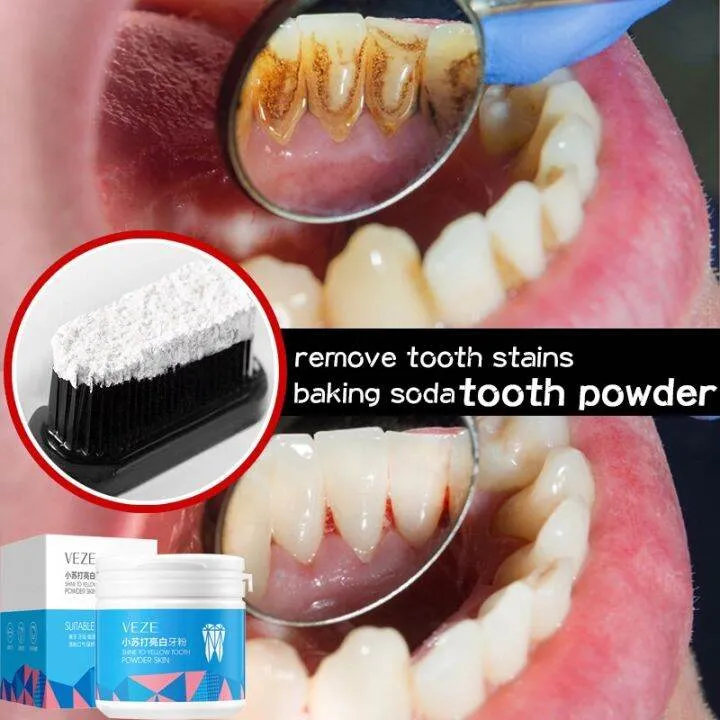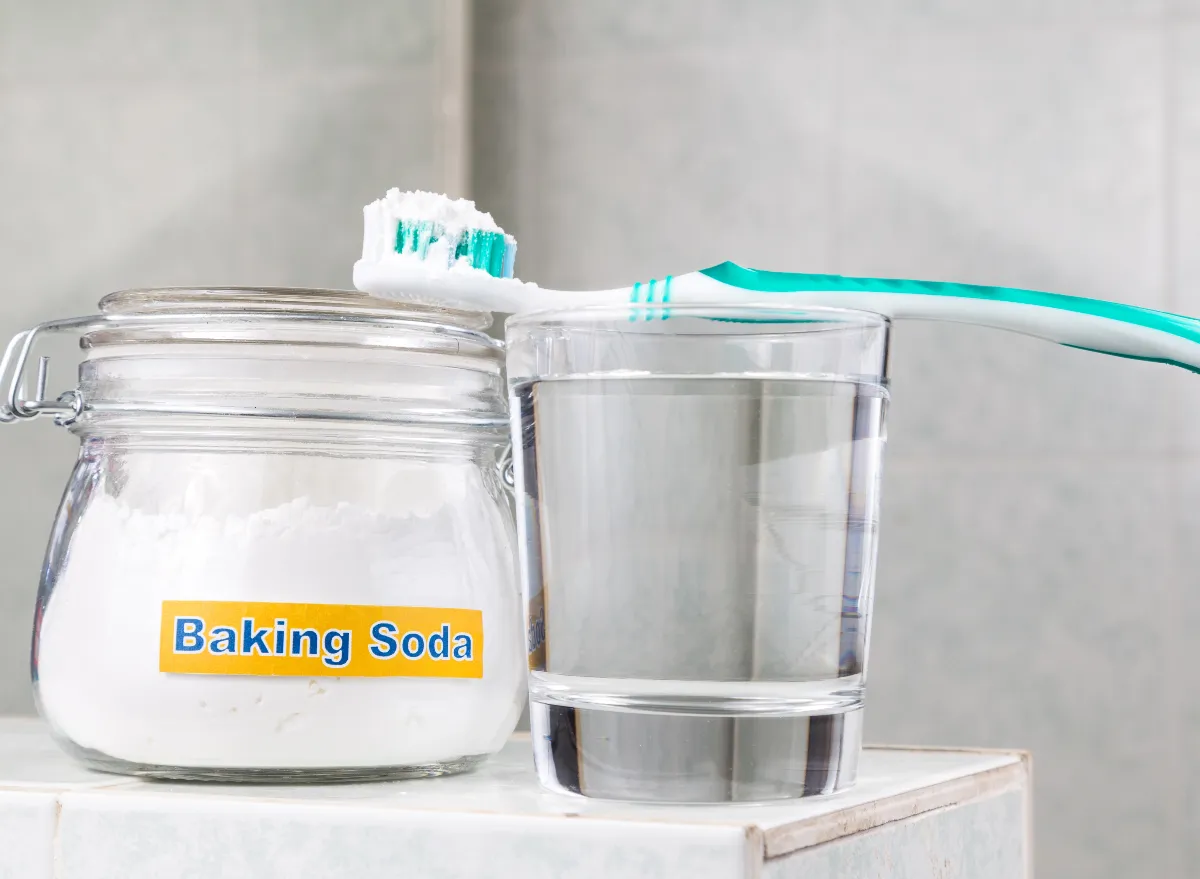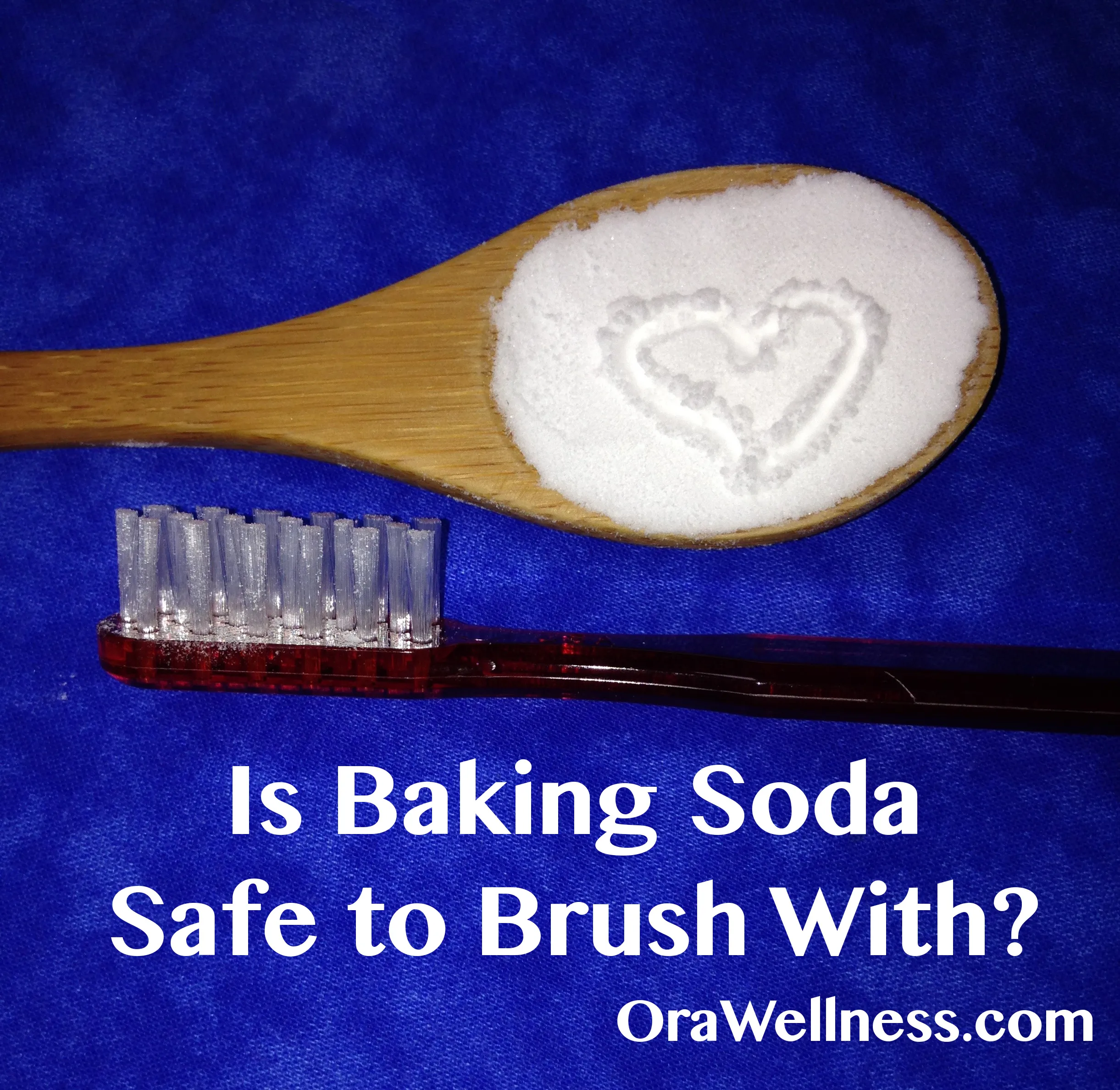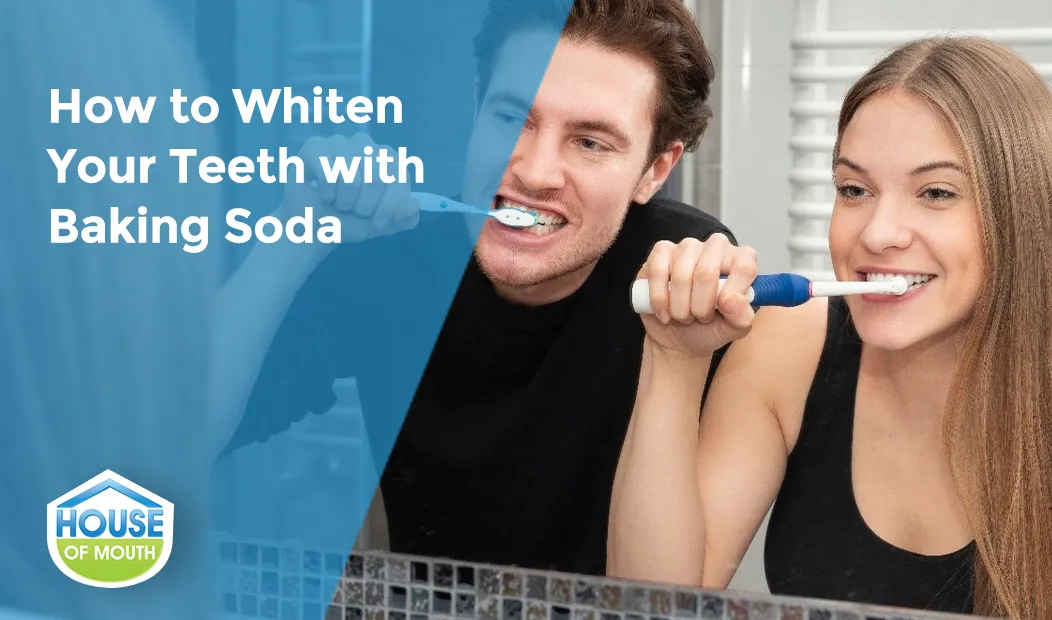Why Baking Soda for Teeth Whitening Is Questionable
The pursuit of a brighter smile is a common goal, leading many to explore various teeth whitening methods. Among these, baking soda has gained traction as a readily available and inexpensive option. However, the use of baking soda for teeth whitening is not without its drawbacks, and it’s crucial to understand the potential risks involved before adopting this practice. While some anecdotal evidence suggests baking soda can remove surface stains, the scientific community is largely skeptical. It’s vital to approach this method with caution, considering the potential for harm to your oral health. The allure of a quick fix can be tempting, but understanding the potential for long-term damage is paramount to making an informed decision.
The Abrasive Nature of Baking Soda
Baking soda, or sodium bicarbonate, is mildly abrasive. This means that it has the potential to scrub away surface stains, which is where its appeal as a teeth whitener comes from. However, this abrasive action can also wear down the enamel, the protective outer layer of your teeth. Enamel erosion is a serious concern because it doesn’t grow back. Once enamel is gone, it’s gone for good, leaving your teeth more susceptible to sensitivity, decay, and discoloration. Furthermore, consistent abrasion can change the texture of the enamel, making teeth appear duller over time and even more prone to staining. The repeated use of abrasive substances like baking soda could exacerbate existing oral health problems.
Enamel Erosion and Sensitivity

As mentioned, the abrasive properties of baking soda can lead to enamel erosion. Enamel protects the sensitive dentin layer beneath. When enamel is worn away, the dentin becomes exposed, leading to increased tooth sensitivity. This sensitivity can manifest as sharp pains when consuming hot or cold foods and drinks. Beyond sensitivity, enamel erosion also makes your teeth more vulnerable to cavities, as it weakens the structural integrity of the tooth. The thin enamel provides less protection against the acids produced by bacteria in the mouth. Addressing enamel erosion often requires costly dental procedures, making prevention a key aspect of maintaining good oral health. A proactive approach to tooth care is significantly important.
Increased Risk of Tooth Decay
Enamel erosion, triggered by the abrasive nature of baking soda, significantly elevates the risk of tooth decay. Enamel serves as a barrier against bacteria and acids, preventing them from attacking the underlying tooth structure. When this protective layer is compromised, bacteria can easily penetrate the tooth, leading to the formation of cavities. Cavities, if left untreated, can cause pain, infection, and eventually, tooth loss. The use of baking soda, therefore, poses a double threat; it not only erodes the enamel but also potentially disrupts the balance of your oral microbiome, making your teeth more susceptible to decay. Therefore, it’s crucial to weigh the potential benefits against the increased risk of tooth decay.
Gum Irritation and Damage
Baking soda’s abrasive quality doesn’t only impact teeth; it can also irritate and damage the gums. The gums are delicate tissues, and harsh scrubbing with baking soda can cause inflammation, bleeding, and even recession. Gum recession exposes the roots of your teeth, which are not protected by enamel and are therefore more vulnerable to decay and sensitivity. Irritation can lead to discomfort and a higher risk of infections. Maintaining healthy gums is essential for overall oral health, as they provide a crucial support system for your teeth. By avoiding potentially harmful practices like using baking soda, you can protect your gums and help preserve your smile.
The Myth of Baking Soda Whitening

The perception that baking soda whitens teeth often stems from its ability to remove surface stains. However, it doesn’t actually change the intrinsic color of your teeth, which is the natural shade of your dentin. Surface stains are often caused by things like coffee, tea, and tobacco. When these stains are removed, teeth may appear brighter, but this is not the same as true whitening, which involves penetrating the enamel to lighten the dentin. Furthermore, because baking soda is abrasive, it can give the illusion of whiter teeth by removing the thin surface layer of enamel. However, this is detrimental to long-term dental health. Ultimately, while baking soda might seem like a quick fix, it does not provide a safe or effective means of whitening your teeth.
What Actually Makes Teeth Appear Whiter
Achieving truly whiter teeth involves addressing the intrinsic color of the enamel and dentin. Professional teeth whitening treatments use bleaching agents, such as hydrogen peroxide or carbamide peroxide, to penetrate the enamel and oxidize the stain molecules within the dentin. These treatments are administered under the supervision of a dentist to ensure safety and efficacy. Over-the-counter whitening products, like whitening strips and toothpastes, also contain bleaching agents, though at lower concentrations. These products can be effective for removing surface stains and slightly lightening the teeth, but they are not as powerful as professional treatments. Maintaining a consistent oral hygiene routine, limiting stain-causing foods and drinks, and undergoing professional cleanings are also beneficial for achieving a brighter smile.
Alternatives to Baking Soda
If you’re looking for alternatives to baking soda for teeth whitening, several options are available that are both effective and safe. These alternatives range from professional treatments to over-the-counter products and lifestyle changes. When choosing a teeth whitening method, it’s essential to consider your oral health needs and consult with your dentist. They can recommend the best options based on your specific needs. Using safe and proven methods is far better than trying to save money using less effective alternatives that might be harmful. Prioritizing your dental health is a key factor when choosing any method for whitening your teeth.
Professional Teeth Whitening Options

Professional teeth whitening, performed by a dentist, is considered the safest and most effective way to whiten teeth. Dentists use high-concentration bleaching agents that are applied directly to the teeth. The dentist can also use specialized lights or lasers to activate the bleaching agents and accelerate the whitening process. The benefit of professional whitening is that it is closely monitored, minimizing the risks of sensitivity and other side effects. Your dentist will also be able to assess your overall oral health and ensure that your teeth are healthy enough to undergo whitening. Professional treatments deliver noticeable results in a short time, making them a great option if you want a significant improvement in your smile’s appearance.
Over-the-Counter Whitening Products
Over-the-counter whitening products are a convenient alternative to professional treatments. These products are widely available and relatively inexpensive. The most common types of over-the-counter whitening products include whitening strips, toothpastes, and gels. Whitening strips are thin, flexible strips coated with a whitening agent that you apply directly to your teeth. Whitening toothpastes contain mild abrasives or chemicals that can help remove surface stains. Whitening gels are applied using a tray or a brush. These products are generally safe when used as directed, but the results may not be as dramatic as those achieved with professional treatments. Consult the manufacturer’s guidelines when using these products.
Lifestyle Changes for a Brighter Smile
In addition to professional and over-the-counter teeth whitening options, certain lifestyle changes can help you maintain a brighter smile. These changes are a proactive approach to preventing stains and maintaining optimal oral health. Making these changes can contribute significantly to the long-term health and appearance of your teeth. By incorporating these habits into your daily routine, you can reduce the need for extensive whitening treatments. These measures are effective, and they are also relatively simple to adopt. It is essential to remember that achieving a brighter smile involves a holistic approach. Your daily habits and routines play an essential role in the appearance of your teeth.
Proper Oral Hygiene Practices

Maintaining proper oral hygiene is fundamental for achieving a brighter smile. This includes brushing your teeth twice daily for two minutes each time using a fluoride toothpaste. Fluoride helps strengthen the enamel and protect against decay. Flossing daily is also crucial, as it removes plaque and food particles from areas that your toothbrush can’t reach. This prevents stains and promotes healthier gums. Using an antibacterial mouthwash can further reduce plaque and bacteria in your mouth. Regular dental check-ups and professional cleanings are also necessary for removing tartar and stains that can’t be removed through at-home care. By maintaining consistent oral hygiene, you not only protect your teeth but also contribute to their overall brightness.
Dietary Considerations for Teeth Health
Your diet plays a significant role in the appearance and health of your teeth. Certain foods and drinks can stain your teeth, while others can help keep them bright. Limiting your consumption of staining agents like coffee, tea, red wine, and dark berries is essential. If you consume these items, rinse your mouth with water immediately afterward to minimize staining. Consuming crunchy fruits and vegetables, like apples and carrots, can help clean your teeth naturally. These foods also stimulate saliva production, which helps wash away bacteria and food particles. Drinking plenty of water throughout the day is also beneficial, as it keeps your mouth clean and hydrated, further promoting oral health. By being mindful of your dietary choices, you can take a proactive step towards a brighter smile.
